Rarely has an industrial accident site become a tourist attraction like Hell's Gate or the Darvaza Gas Crater.
More than 50 years ago, Soviet explorers came to Turkmenistan to drill for gas and are believed to have created the Darvaza gas crater. Today, Darvaza is a giant, always-on-fire crater that is the most sought-after tourist attraction in the country.
Known as the “Gateway to Hell” or the “Light of Karakum,” the crater’s flames are caused by methane gas escaping from dozens of vents along the ground and walls. Visitors can feel the intense heat radiating from the crater’s rim. The sight is especially impressive at night when the flames burn under a starry sky.

The Gates of Hell, surrounded by sand dunes in the remote Karakum Desert, is the first stop on most visitors' tours to the Central Asian country.
When tourists first started flocking to Darvaza, there were no services or amenities in the area. People had to bring their own overnight gear. Today, the area offers accommodations in yurts (Mongolian-style cylindrical tents) or tents. For those who don’t want to walk, you can hire a car to take you to the edge of the crater, and food and drinks are also available.
The crater is about 70 meters wide and 30 meters deep, with vertical walls that slope down to a rubble field at the bottom. Local authorities built a safety fence around the crater in 2018 to prevent visitors from getting too close to the burning sinkhole.
"I found it quite creepy, the place is quite creepy," said writer Ged Gillmore.
According to scientists , the Gates of Hell will not burn forever. The Turkmen government has repeatedly mentioned the possibility of sealing the hole. Recent visitors to the Gates of Hell also said that the flames are much smaller than before.
"I think it's only 40% of what I saw in 2009," said British tourist Dylan Lupin.
A local guide who has been to the Gates of Hell 40 times also confirmed that the flames have become smaller over the past seven years. He said the crater used to be more fiery.

But this does not diminish the appeal of Hell's Gate. Many people still remember the moment when the sandstorm in the desert covered everything, except for the fire still burning from the pit.
The exact time of the Gates of Hell's formation is still controversial, so there are many secrets and rumors surrounding it. One of the most accurate information is that the hole was formed in 1971 and caught fire shortly after. According to two veteran geologists in Turkmenistan, the hole was formed in the 1960s and it was not until the 1980s that it started to burn.
How the pit caught fire is also a mystery. Some believe scientists dropped a grenade. Others say Soviet explorers threw a match.
The crater is a four-hour drive north of the capital, Ashgabat. The road to the Gates of Hell is a rough, sandy two-lane road. Wandering camels are the most common sight on the road.
Aside from grocery stores in Bokurdak and Erbent, two remote villages along the highway, travelers will find nowhere to buy necessities after leaving Ashgabat.

Darwaza Camp is the most upscale of the three overnight options that offer accommodation at the Gates of Hell. Located about a five-minute walk from the mouth of the pit, the camp features yurts with beds and chairs, a dining area, and outdoor toilets.
Opposite the crater is Garagum camp, which offers yurts with traditional Turkmen carpet-like floors and solar-powered indoor lighting. Evening barbecues are served outdoors.
Garagum is about a 10-minute walk from the crater's edge and is located near a small rocky outcrop that offers panoramic views of the Gates of Hell. According to Gillmore, visiting Darvaza at night is "definitely the best," with no lights nearby and the only thing visitors can see are the flames rising.
Next to Darvaza are two other craters, formed around the same time as Hell's Gate. They are about the same size as Darvaza but not as spectacular.
In 2022, the government -run Neytralny Turkmenistan newspaper reported that the president had asked the cabinet to consult scientists to find a way to extinguish the fire and close the site to tourists. Among the reasons the government wanted to close the gas pit were the waste of a valuable natural resource, environmental pollution, and health concerns.
However, so far, there has been no concrete action to prove that the government will put out the fire in the near future.
Some say the government drilled an exploratory well nearby, which sucked out a large amount of gas escaping through the gas pit, causing the fire at the Darvaza pit to subside significantly.
"It's just a rumor," said a local guide.
Locals also expressed concern that if Hell Gate was extinguished, it would affect the tourism industry. Income and jobs would also be lost.
Source











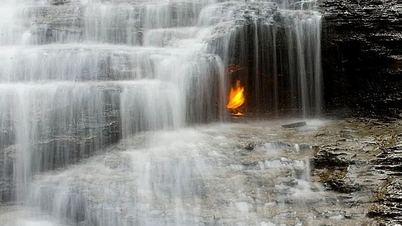

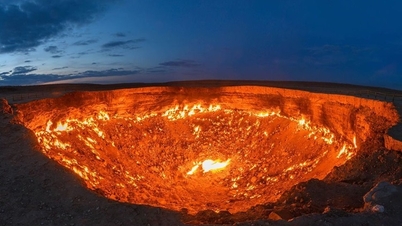

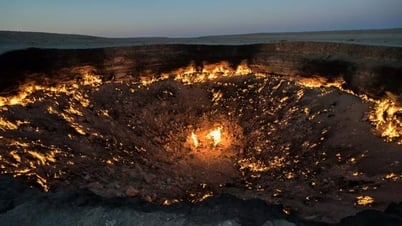
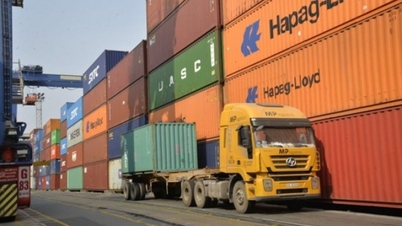


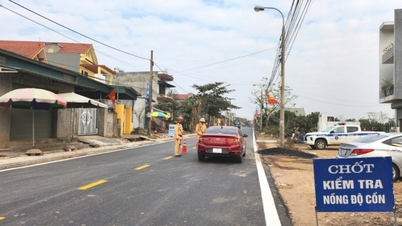
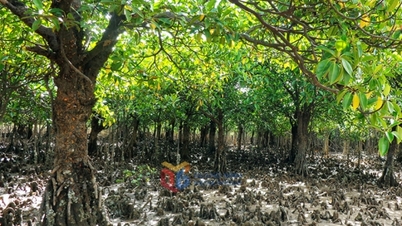







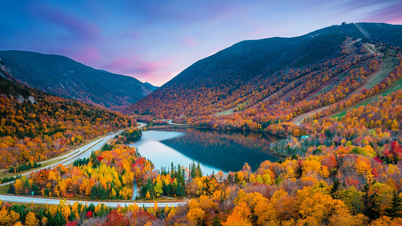
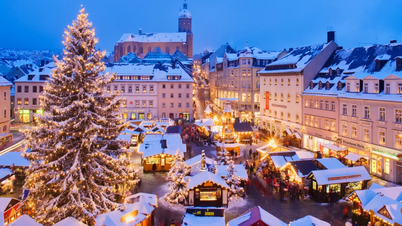

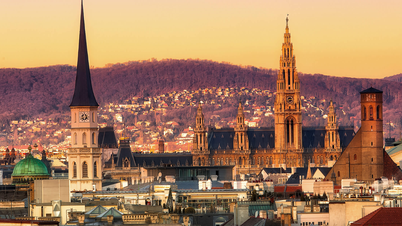





































































Comment (0)